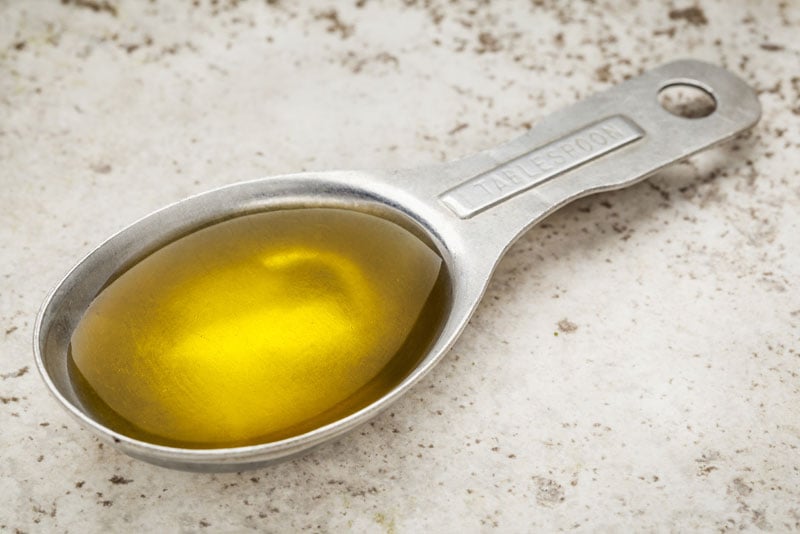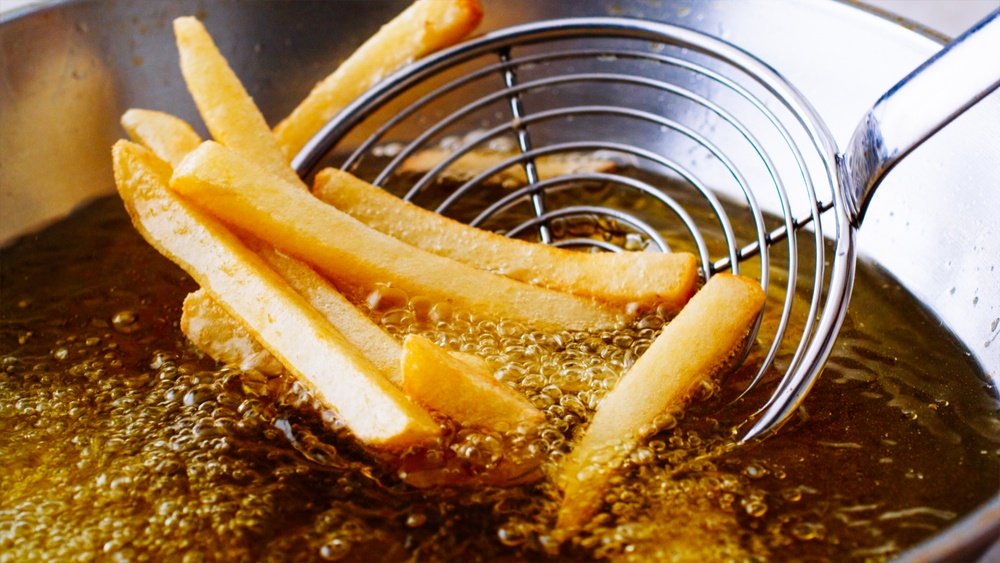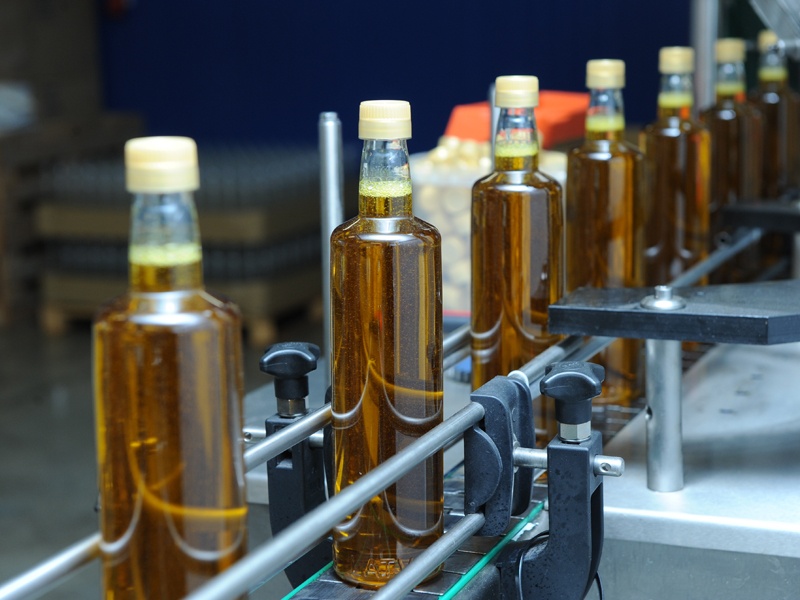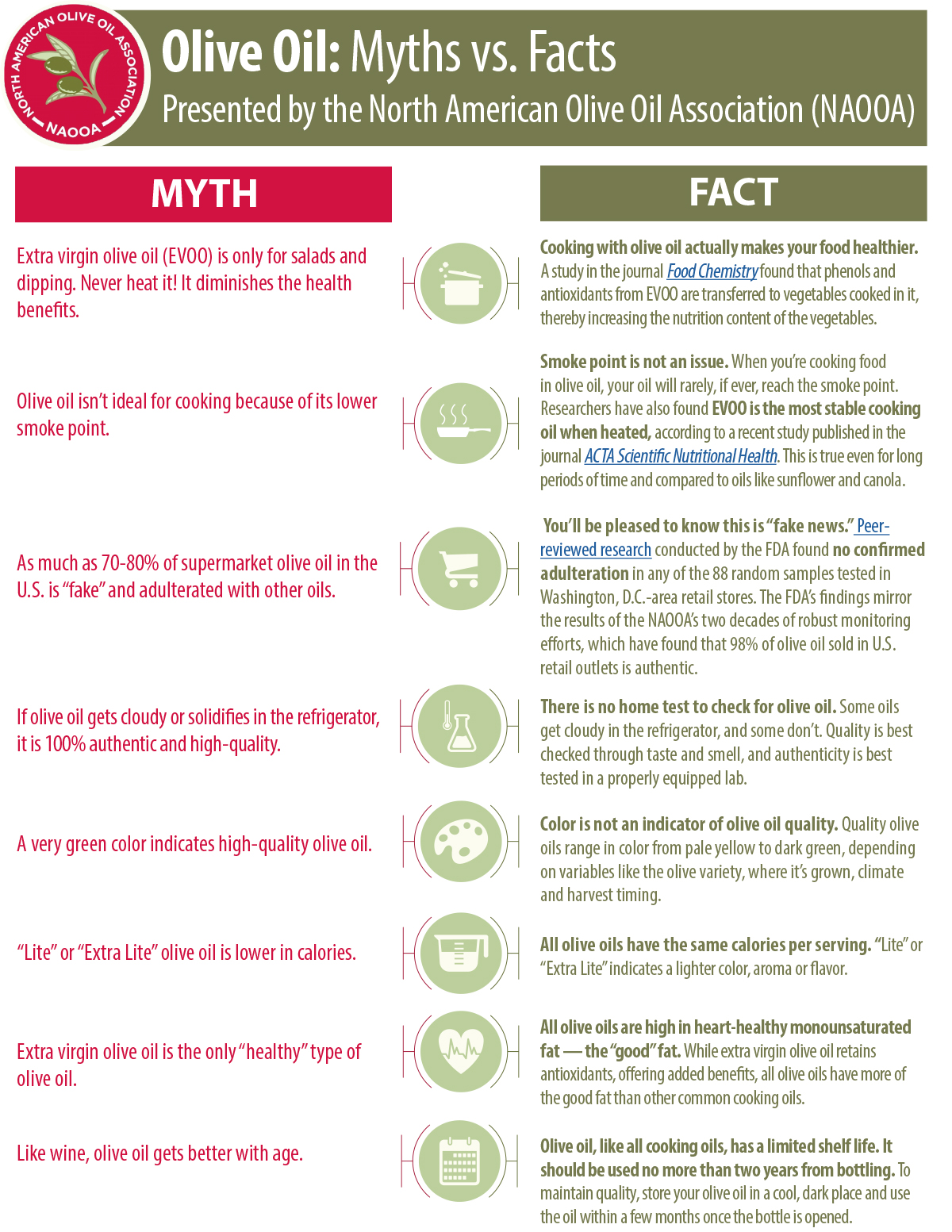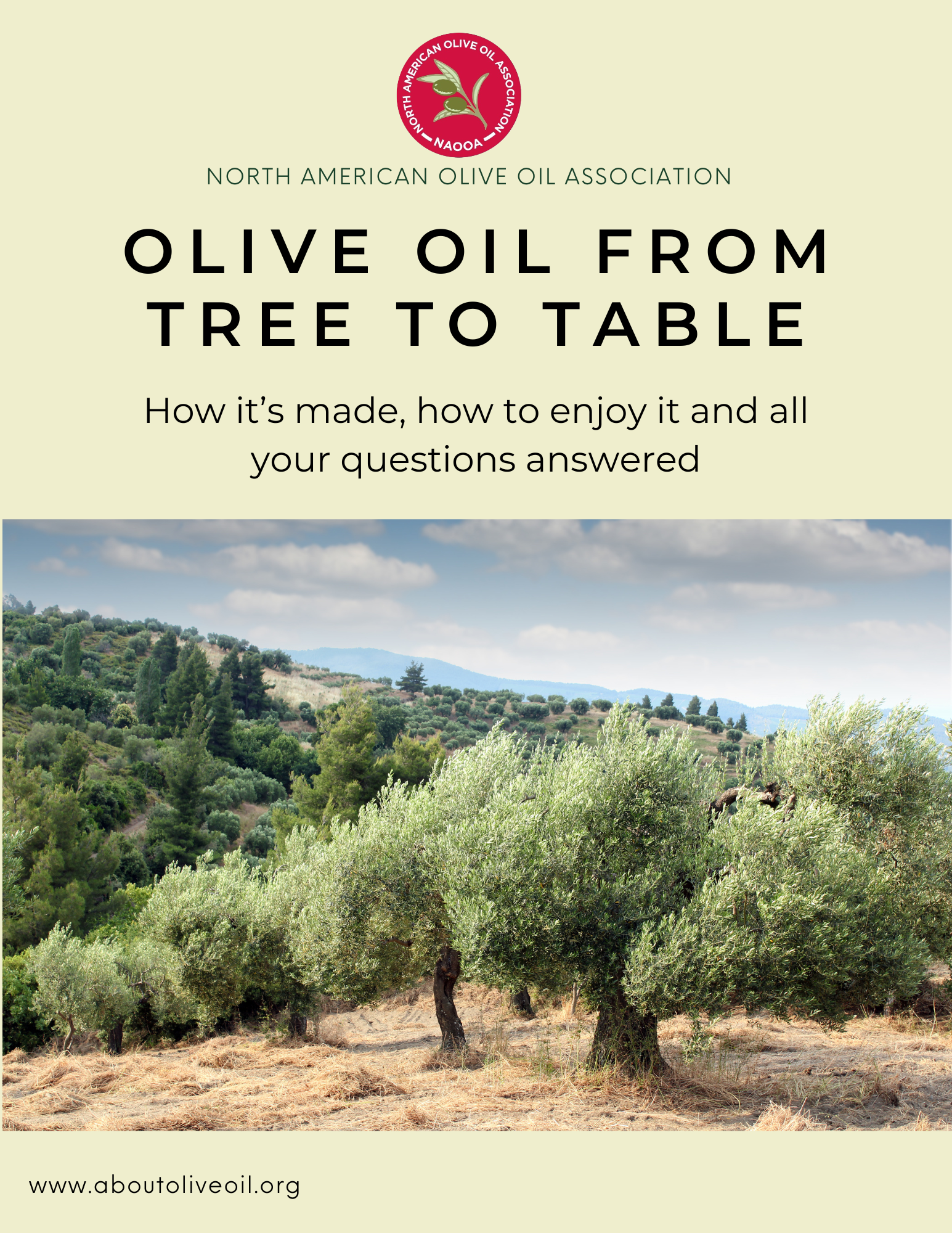Learn how to buy olive oil from the experts.
How to buy olive oil
- Know the differences between the types olive oil. There are two types of olive oil generally available in most supermarkets: "extra virgin olive oil" and regular "olive oil." (Regular olive oil is sometimes called "classic," "light-tasting," or "pure"--although use of the last term is discouraged.) Generally, olive oils ranked in order of flavor intensity from most to least are: extra virgin olive oil, (classic) olive oil, and light-tasting olive oil. In terms of health benefits, all olive oils have the same number of calories, and all have heart-healthy benefits. Beyond heart health, additional health benefits such as anti-inflammation and anti-microbial properties that are associated with olive oil may be due to the presence of polyphenols and antioxidants, which are what give olive oils their flavor. So as a general rule of thumb, the more flavorful the oil, the more healthy attributes it contains. Finally, when it comes to cooking, all olive oils are safe for cooking even at relatively high temperatures and retain the majority of their healthy attributes when heated. Choose the type of olive oils you buy based on your taste preferences and budget, but keep in mind that the more flavorful oils may offer more health benefits.
- Look for a best-by date and/or harvest date. Olive oil is best when it is first produced, but should retain its goodness for about two years from bottling, depending on how the oil has been handled. Therefore, look for the best-by-date or harvest date.
- Purchase bottles sizes that you will use within a few months of opening. Although the best-by date on your bottle may be far off, olive oil is a natural product like produce and it will degrades when exposed to heat, oxygen and light. The volatile flavor compounds in extra virgin olive oil will dissipate if stored improperly or for too long. So use the oil within a reasonable time of opening (two to three months) for best results.
- Note the country of origin. This is required by federal labeling laws and is typically found on the back label near the nutritional information and ingredient statement, but sometimes is ink-jetted on the bottle. Often producers will blend oils from different countries and olive varieties in order to produce a consistent and/or specific flavor profile, so don’t be alarmed if more than one country is listed here.
- Look for quality assurance seals. The bottle may carry an origin seal that indicates the region of origin, or certification seals such as the AboutOliveOil.Org Quality Seal. The AboutOliveOil.Org Quality Seal indicates that the brand has agreed to join a program that involves random off-the-shelf testing for compliance with the widely held international standards of purity and quality.

4 olive oil buying misconceptions
- Color is an indication of quality. FALSE! - The color of the olive oil is not relevant. Color is not an indication of quality, although it can influence a taster’s perception. Professionals use blue-tinted glasses to remove any bias based on color.
- There are home tests you can do to test the authenticity of your olive oil. FALSE! The most commonly recommended tests are the Fridge-test and lamp oil test (using the oil as a fuel source). Quite simply, neither method is reliable.
- Good olive oils only come from one country. FALSE! Don't focus on oils from one country. High quality, authentic olive oil comes from many countries including Spain, Italy, Greece, France, Morocco, Tunisia, Portugal, Turkey, Australia, Chile, Argentina, the United States and many more!
- Only extra virgin olive oil is worth buying. FALSE! Extra virgin olive oil may have the most flavor and health benefits, but other olive oils worth having in our kitchen. Unlike common cooking oils such as vegetable oil, canola, corn and soybean which are usually solvent-extracted, ALL olive oils are mechanically extracted without the use of solvents, and are have healthy attributes as discussed above. Classic olive oil and light tasting olive oils, with a milder flavor influence, are handy for baking and recipes where other flavors should shine. And for consumers looking to switch from neutral tasting and less healthy cooking oils, they can be a good introduction to the wonderful world of olive oil!

